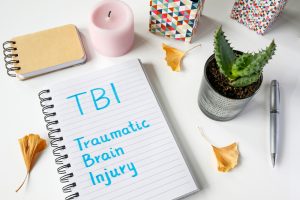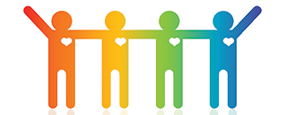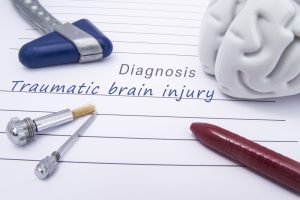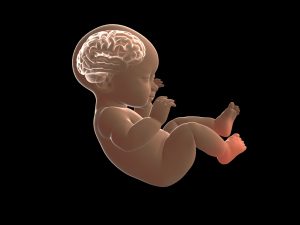 When you or a loved one has had an accident or injury, one of the possible issues that can arise is a TBI (traumatic brain injury). This is a type of head injury that can cause serious symptoms if left untreated, even leading to death. But what exactly is a TBI, what are some symptoms of this type of injury, and what do you need to do to make sure you or your loved one gets the best possible care? Here’s a quick look at the injury and its treatment.
When you or a loved one has had an accident or injury, one of the possible issues that can arise is a TBI (traumatic brain injury). This is a type of head injury that can cause serious symptoms if left untreated, even leading to death. But what exactly is a TBI, what are some symptoms of this type of injury, and what do you need to do to make sure you or your loved one gets the best possible care? Here’s a quick look at the injury and its treatment.
What Is a TBI?
Generally speaking, a TBI is caused when the patient incurs a sudden trauma or head injury. It can happen when the head suddenly and violently hits something, when an object passes through the skull and enters the brain or when a sudden motion causes the brain to move around inside of the skull, striking the inside of the skull and damaging the brain.
TBI symptoms can be mild, moderate or severe, depending on the extent of the damage and the body’s ability to heal. Someone who has suffered a mild TBI may not lose consciousness or may only become unconscious for a few seconds or minutes. They may have symptoms such as headache, lightheadedness, dizziness, confusion, ringing ears, fatigue, blurred vision and changes in sleeping patterns, behavior, mood, memory, attention or thinking.
A patient who has a moderate to severe TBI will often have the same symptoms coupled with a headache that gets progressively worse or does not end, repeated bouts of vomiting or nausea, seizures, be difficult to awaken, have one or both pupils dilated, slurred speech, numbness or weakness in their extremities, coordination problems and increasing restlessness, agitation or confusion.
A mild TBI is often treated with rest, but symptoms of moderate to severe TBIs should seek medical attention as soon as is practical as this can be a life-threatening condition. TBIs can be confirmed using a CT scan or other source of imaging, which may also provide information to determine the patient’s expected prognosis. Little can be done to reverse the initial damage, but stabilizing the patient can help prevent further injury. Treatment includes respiratory and oxygen support, maintaining blood flow, controlling blood pressure and surgery if needed.
About half of severe TBIs will require surgery to repair ruptured blood vessels, called hematomas, or bruised brain tissue, called contusions. Patients with moderate to severe TBIs often receive rehabilitation that is tailored to their specific needs, typically including a range of physical, occupational and speech or language therapies, physiatry, psychological or psychiatric counseling and social support programs.
The extent of any disabling impairment will depend on how severe the injury was and its location, the age and general health of the patient and other mitigating factors. For this reason, it is absolutely vital that the patient seeks medical treatment immediately.












